Explore the peculiarities of daily life in other countries, where what may seem strange to us is considered perfectly ordinary. From unique customs to unusual habits, these intriguing oddities will broaden your understanding of diverse lifestyles around the world. Prepare to embrace the unfamiliar and challenge your perception of normalcy as we dive into these intriguing cross-cultural curiosities.
Luxembourg’s public transportation is free.
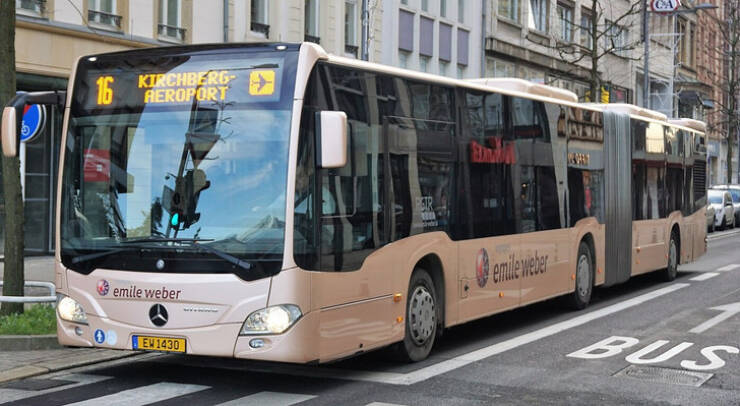
Luxembourg is the first country in the world to offer nationwide free public transport for everyone. You only need a ticket if you travel in first class on national trains or if you’re planning to cross the border to Germany, France or Belgium.
Traffic lights in Japan seem to be blue.
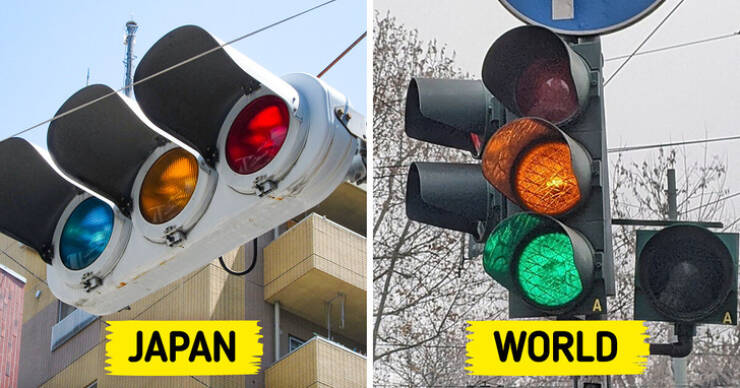
Initially, Japan’s traffic lights were green as international traffic law decrees. Despite this, the country’s official traffic documents referred to green traffic lights as “ao” (blue) rather than “midori” (green). “Midori” is a rather new word to describe color, so it was never used in official documents before. Japanese linguists demanded that the mistake be corrected, and the government found a compromise.
They mandated the use of the bluest shade of green possible for traffic lights, satisfying international regulations while still allowing the continued use of the term “ao.” So, despite appearances, Japan’s traffic lights are technically blue-green. It’s a bureaucratic solution that worked.
Italians don’t drink cappuccino after 11 a.m.
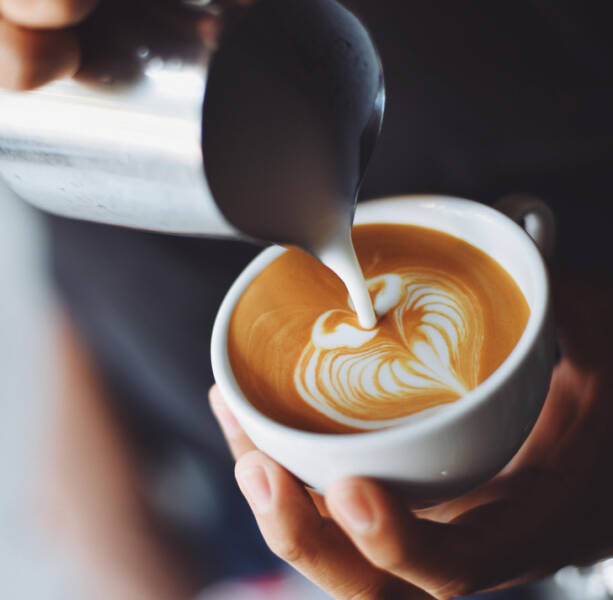
In Italy, cappuccino is typically enjoyed in the mornings. Italian breakfasts are usually small and sweet, and the generous amount of milk in a cappuccino serves as a mini-meal on its own. The richness of the cappuccino complements the small amount of food typically consumed during the early hours of the day.
In Slovakia Christmas dinner starts in the bathtub.
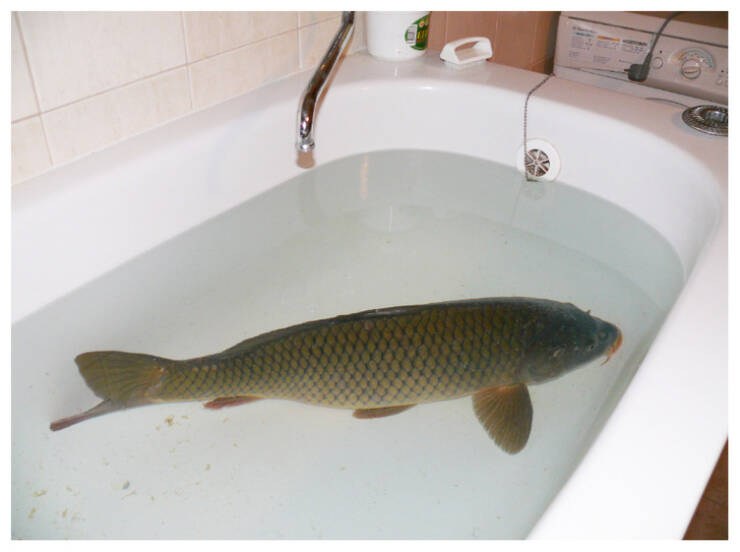
There is a unique Christmas tradition in Slovakia. People are letting the carp, which is meant for dinner, swim in the bathtub for a few days. This practice helps the carp cleanse its digestive system because it is a bottom feeder. So, during this time, people don’t take baths unless they want to share the tub with a fish.
Wooden bathtubs are used in Japan.

Furo, also known as Ofuro, is a traditional Japanese bath. These wooden bathtubs are used not to cleanse the body but the mind. After a hard day’s work, they come home looking forward to relaxing and warming themselves in furo.
It’s forbidden to wear swimsuits in a German sauna.
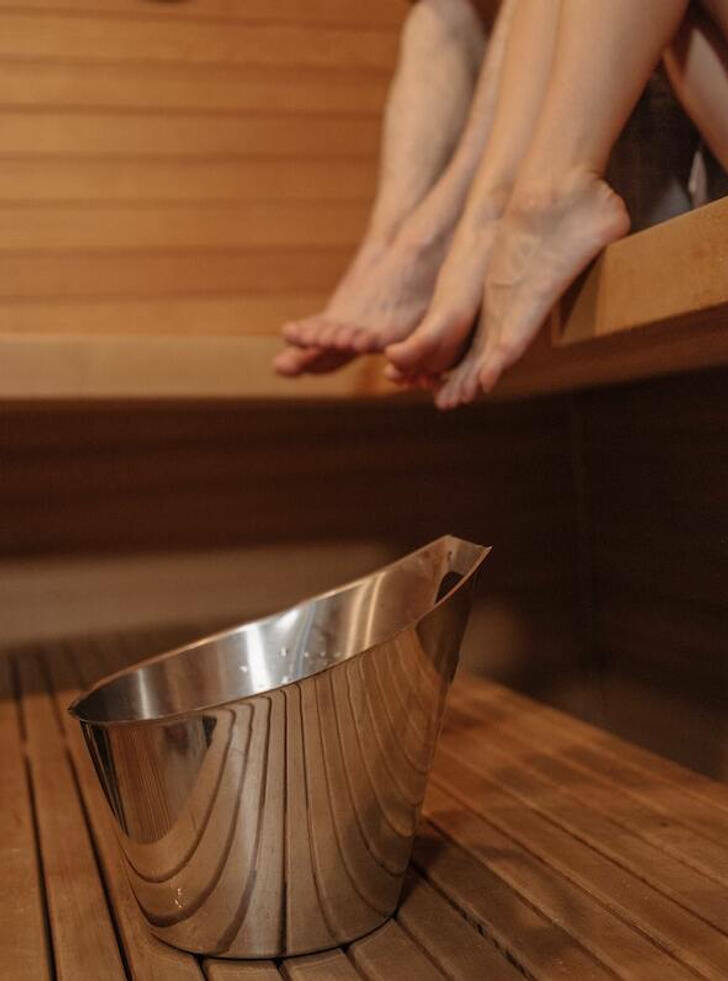
If you’re ever in Germany, don’t be surprised if you see a lot of naked people of all genders in a public sauna. For German people, this is something completely normal. According to tradition, all genders are allowed to be in the sauna, but it’s forbidden to wear swimsuits in the sauna.
People in the United Kingdom have a competition to roll after a giant cheese wheel.
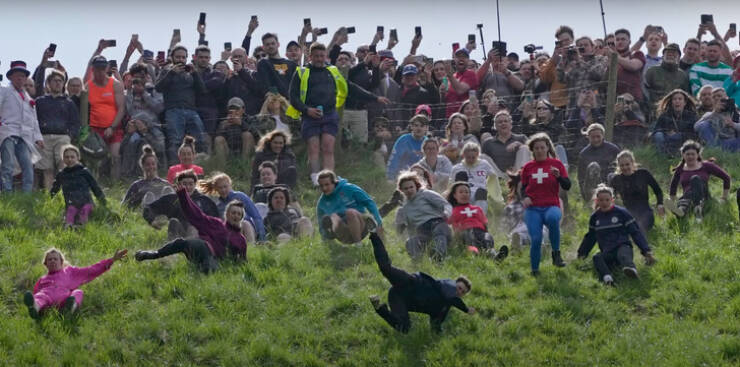
Now officially an extreme sport, the Cooper’s Hill Cheese Roll is a competition where people race down the 200-yard hill chasing a giant wheel of cheese. There are several theories as to where this tradition came from. Some say it was all about claiming grazing rights on the common and land around Cooper’s Hill, others believe it could have been a fertility ritual.
Rotten fish is a traditional food in Sweden.
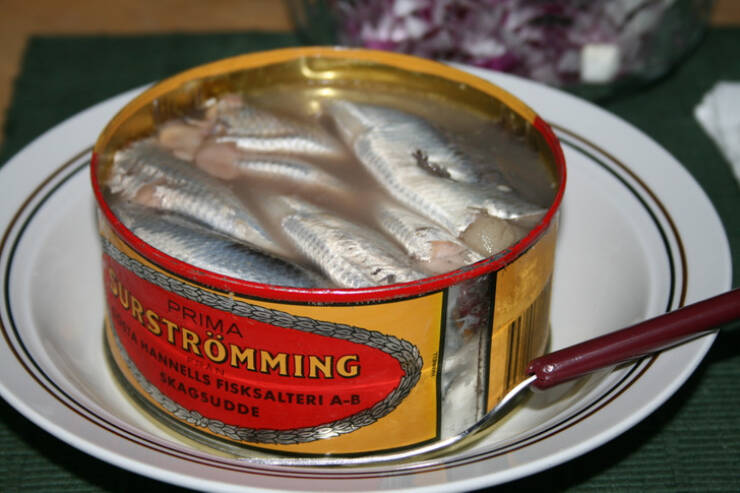
Since the 16th century, lightly salted and fermented Baltic Sea herring has been a part of Swedish cuisine. Before being sealed and sold in tins, the fish undergoes a two-month fermentation process in a salty brine. This fermentation gives the fish a strong rotten egg smell.
Bamboo poles are used as drying rails in Singapore.
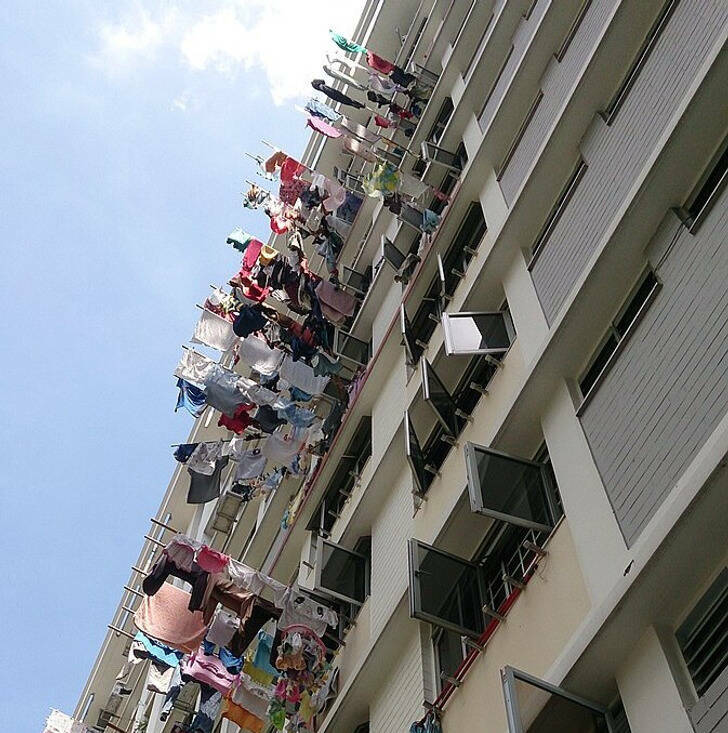
In Singapore, a unique method called the pipe-socket system is used for drying laundry. This system involves attaching clean clothes to bamboo poles, which are then inserted into sockets outside kitchen windows, similar to flagpoles. The pipe-socket system is commonly found in older public housing estates, where the majority of the population resides.
In the Netherlands, stairs are usually very steep and narrow.
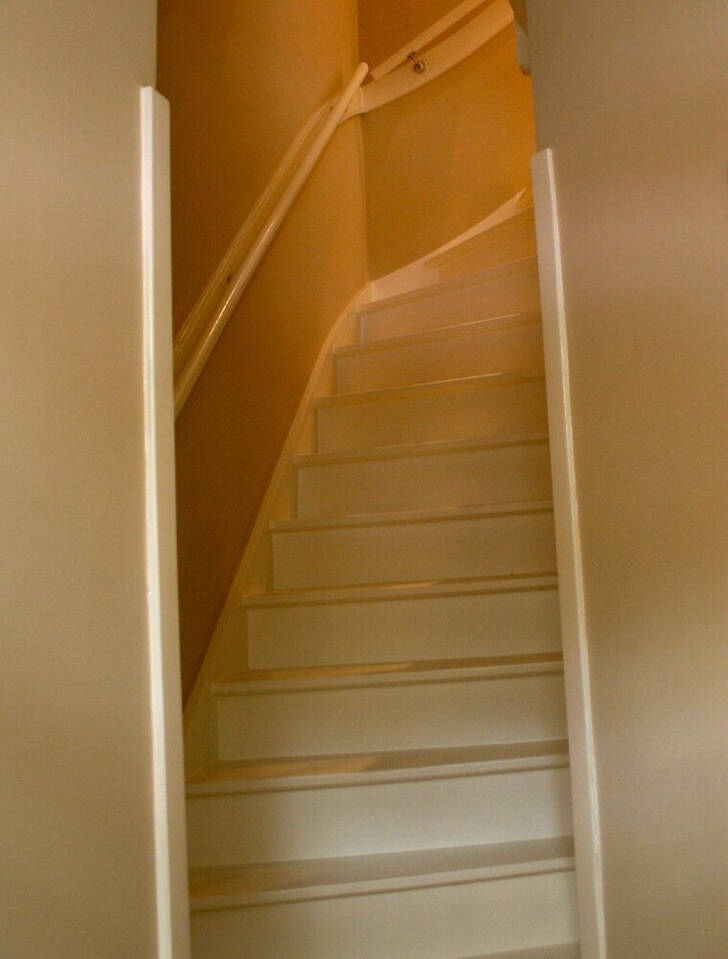
To some foreigners, staircases in the Netherlands may appear more like a safety hazard than anything else. This is due to the historical construction style where buildings were designed to maximize vertical space instead of horizontal space, saving every possible centimeter.
Credits: brightside.me
 Barnorama All Fun In The Barn
Barnorama All Fun In The Barn